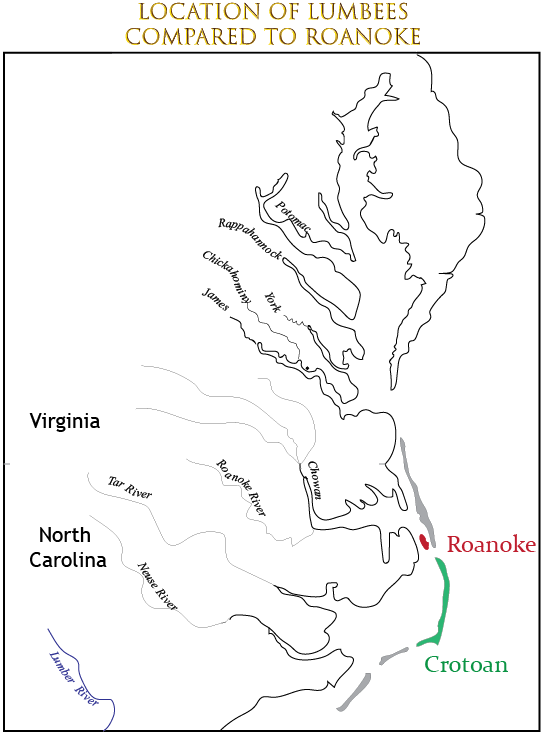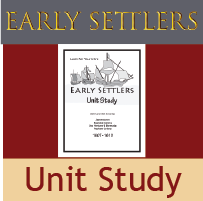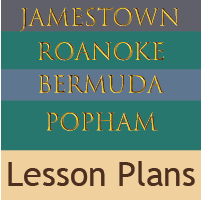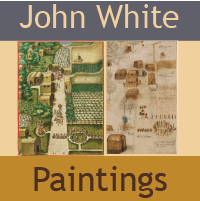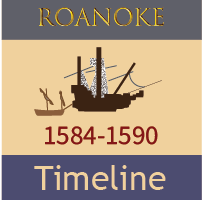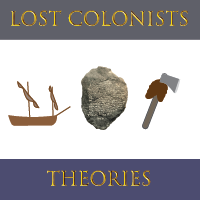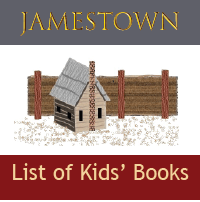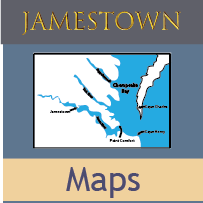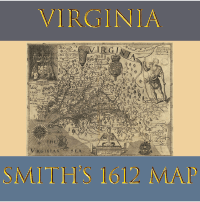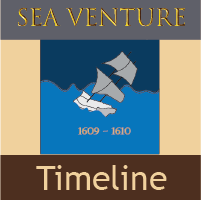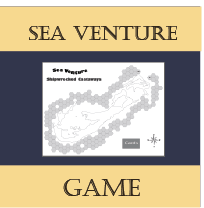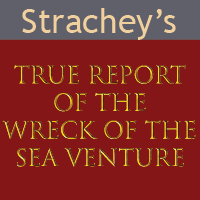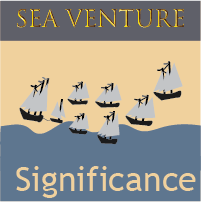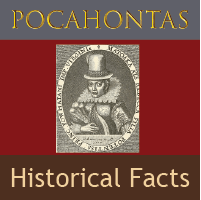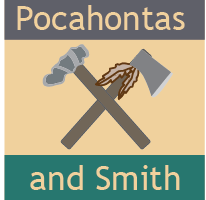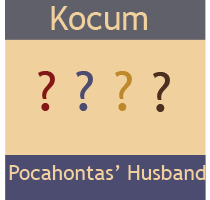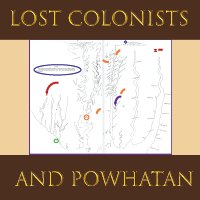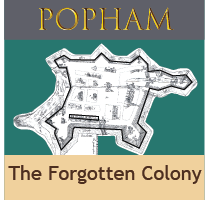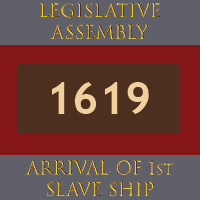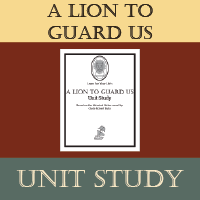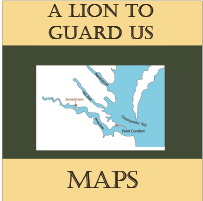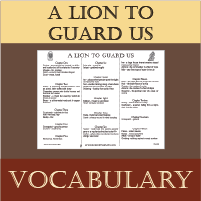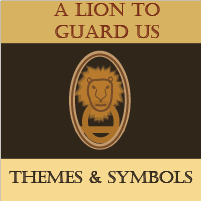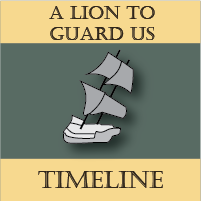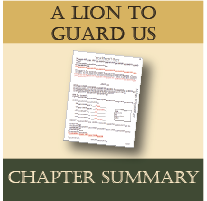Lost Colony Theories
There are nine major theories (roughly) of the fate of the Lost Colonists of Roanoke. In this activity, students investigate three of the most popular theories. These are relatively early theories that the colonists intermingled with the native population.
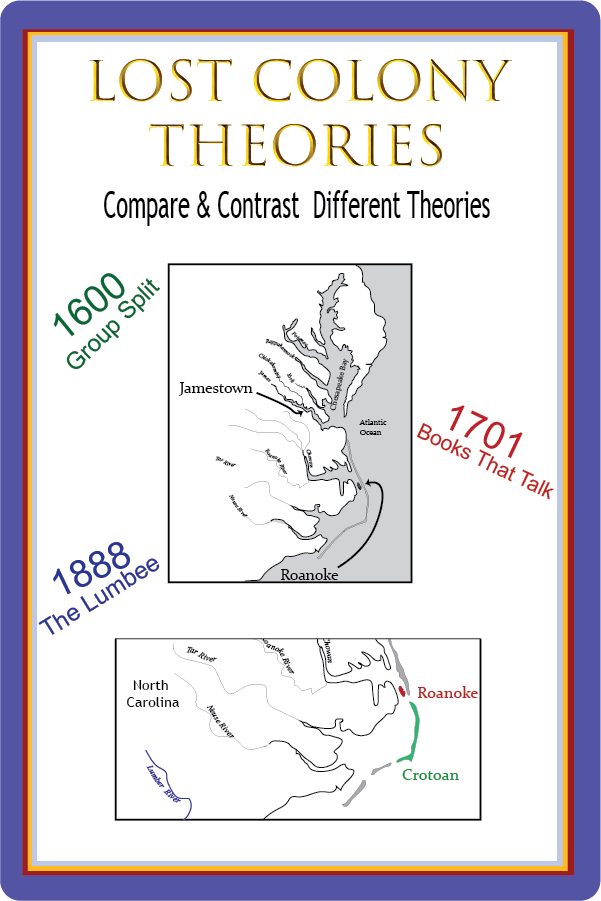
Group Split: Half Waited On Crotoan Island
Theory #3
For several generations the English pondered the message that was carved on the tree post at Roanoke Island: “Crotoan.”Crotoan is one of the small islands of the Outer Banks, located south of Roanoke. The Outer Banks is a very thin strip of sand and not a place more than 100 people could live year round. Even the natives stayed there only part of the year. And the Crotoan tribe, even though they were friends of the Roanoke settlers, had already told them they did not have enough food to feed 100 more people.
But, some searchers thought, perhaps the group split up. Maybe a small number of those left on Roanoke Island migrated to Crotoan Island.
Since the ships coming from England sailed to the West Indies and then north along the Florida coast, they usually came through the Outer Banks close to Crotoan Island when they sailed to Roanoke. Wouldn’t it make sense to have some people stay on Crotoan Island to wait for Govenor White’s return with supplies?
Those who waited on Crotoan Island could greet the ship on its arrival and direct the governor to the location of the rest of the colony. Perhaps Eleanor Dare, John White’s daughter and Baby Virginia were among a handful of people who waited on Crotoan.
But what did the other group do? Did they go to Chesapeake Bay where they had originally intended to settle? But if they did, why didn’t they just carve “Chesapeake” into the post instead of “Crotoan?”
Or did they find another location but knew that Governor White wouldn’t know its name? Therefore they sent a few people south with their friend Manteo of the Crotoan tribe, while the rest went to the new settlement?
Compared to Roanoke, few searches have been done on Crotoan Island. As far as we know, no one searched there for the settlers in the time they might have still been alive. Archaeologists more recently searched and found an English sword and ring there from about this period of time.
Does the sword and ring PROVE the colonists were there? (Be careful! As much as you might like to find the answer to the mystery, can you think of anyone else who might have dropped an old ring and and old sword?)
Student Activity: Students evaluate the logic of this theory and test it's compatability with the other theories.
Hatteras Ancestors Could "Talk In A Book"
Theory #4
It was almost 100 years after the Jamestown Colonists ended the search for the Roanoke settlers before anything else was recorded. A British explorer, John Lawson, was one of the first Europeans to move into the Carolina’s to settle. In his 1701 publication, A Description of Carolina, he provided two important pieces of information. The first was about the fort on Roanoke:
The first Discovery and Settlement of this Country was by the Procurement
of Sir Walter Raleigh... being begun on that Part called Ronoak-Island, where
the Ruins of a Fort are to be seen at this day, as well as some old English Coins which
have been lately found; and a Brass-Gun, a Powder-Horn, and one small Quarter deck-Gun
A farther Confirmation of this we have from the Hatteras Indians, who either
then lived on Ronoack-Island, or much frequented it. These tell us, that
several of their Ancestors were white People, and could talk in a Book, as we do;
the Truth of which is confirm’d by gray Eyes being found frequently amongst these
Indians, and no others. They value themselves extremely for their Affinity to the English,
and are ready to do them all friendly Offices.
Student Activity: Students evaluate this theory compared to others.
- If it is true that the Hatteras tribe had European ancestors that could read, does it guarantee that they were the Roanoke Settlers?
The Lumbee Tribe and Henry Berry
Theory #5 - 1888
The year is 1888 and a North Carolina lawyer has a new theory about the fate of the Lost Colonists. Hamilton McMillan spoke to members of the Lumbee native tribe and reported that they were the descendents of the missing colonists. He explained his theory in the book, Sir Walter Raleigh’s Lost Colony.Members of the Lumbee Tribe believe they are descended from the Crotoan Indians and the Roanoke settlers. Their ancestors moved inland off the coast before 1700. Some of them have English last names, including names of more than 30 of the missing Roanoke settlers.
In 1732, before the Revolutionary War and 145 years after the Roanoke settlers were last seen, a Henry Berry of the Lumbee Tribe was given a land grant from King George for property on the Lumber River (where the Lumbee tribe obtains its name.) Henry Berry, they believe, was a great-great grandson of one of the Roanoke colonists who had the exact same name. (see McMillan below, pg 13-14.)
A missionary named Rev. Blair found a group of English speaking natives in 1703. (Butler, pg 18) In fact, it is said that they used English words common in the time of Queen Elizabeth that were not used by any other Americans. (McMillan pg 20)
It is often said that the Lumbee Indians have traditions about their white ancestors that are similar to the historical account of Roanoke, a fact that the modern Lumbees believe confirms that they are the descendendants. Unfortunately, McMillan did not write down those oral traditions. The modern Lumbees can read and may be influenced by the historical documents.
But one tradition was recorded in 1888 by McMillan:
The name Manteo is not familiar to them. While they have a tradition of their
leader or chief who went to England, yet they have preserved no name for him. An old woman,
whom we interviewed, spoke of their great man as Wonoke. This name may be a corruption
of Roanoke, for we must remember Manteo was made Lord of Roanoke. (McMillan, pg 19)
Student Activity: Of the three theories here, which has the strongest evidence? Are these three theories compatible with each other? With any of the other theories?
References
Butler, George Edwin. The Croatan Indians of Sampson County, North Carolina. Their Origin and Racial Status. A Plea for Separate Schools. Durham, N.C. The Seeman Printery 1916Online copy: https://docsouth.unc.edu/nc/butler/butler.html
Lawson, John. A New Voyage to Carolina; Containing the Exact Description and Natural History of That Country: Together with the Present State Thereof. And A Journal of a Thousand Miles, Travel’d Thro’ Several Nations of Indians. Giving a Particular Account of Their Customs, Manners. London. 1709.
Online copy: https://rla.unc.edu/Archives/accounts/Lawson/LawsonText4.html
McMillan, Hamilton. Sir Walter Raleigh’s lost colony. An historical sketch of the attempts of Sir Walter Raleigh to establish a colony in Virginia, with the traditions of an Indian tribe in North Carolina. Indicating the fate of the colony of Englishmen left on Roanoke Island in 1587. Wilson, N.C., Advance Presses. 1888.
Online copy: https://archive.org/details/sirwalterraleigh00mcmi
Get the Early Settlers Unit Study
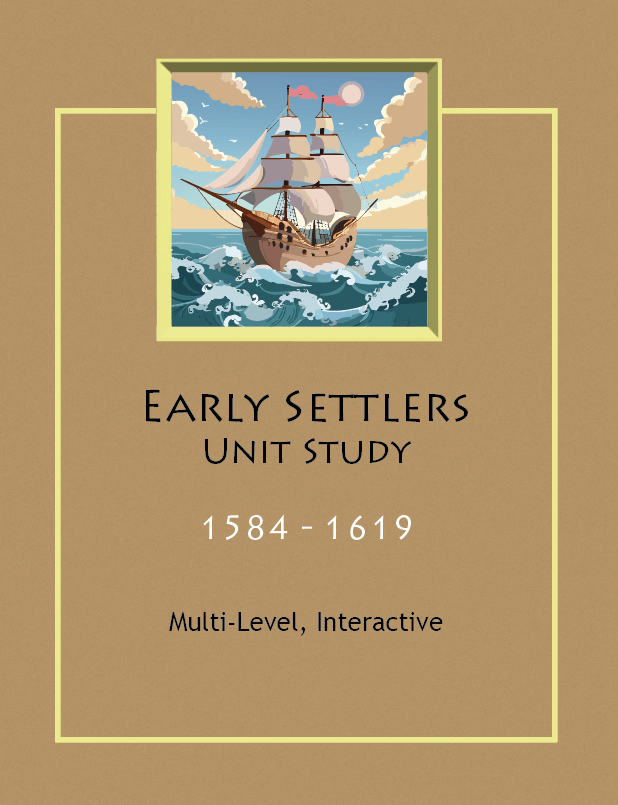
Available in Paperback OR Printable Download
199 pages (Includes Student Pages, Teacher Key, Schedule, Maps, Activities, and More)
Print It Now
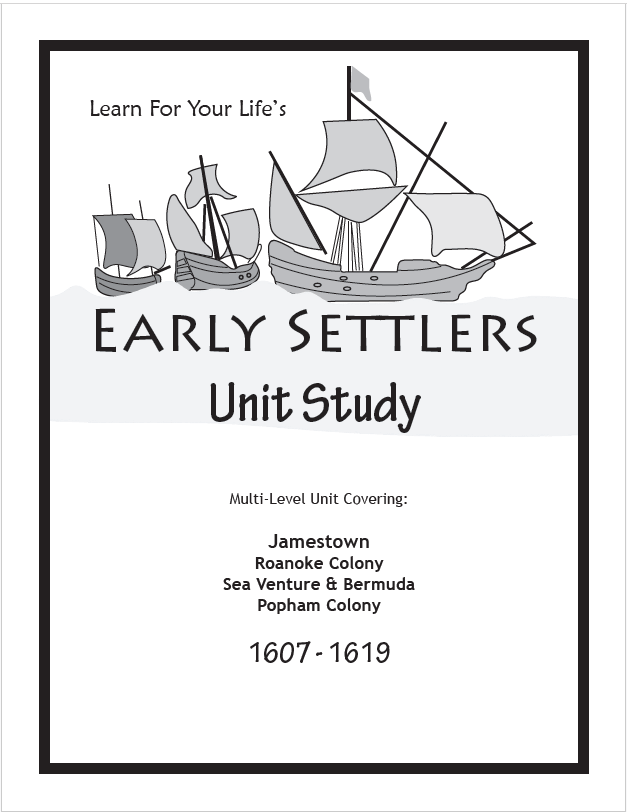
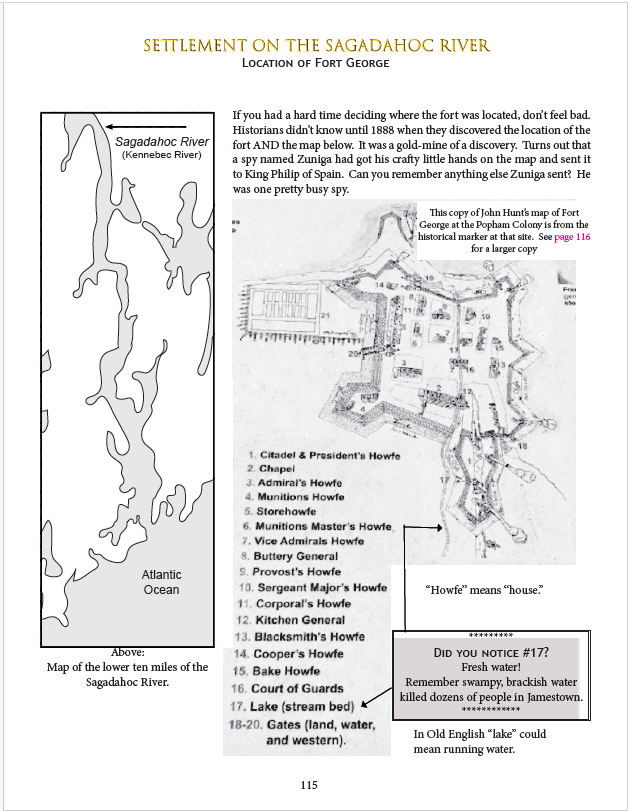
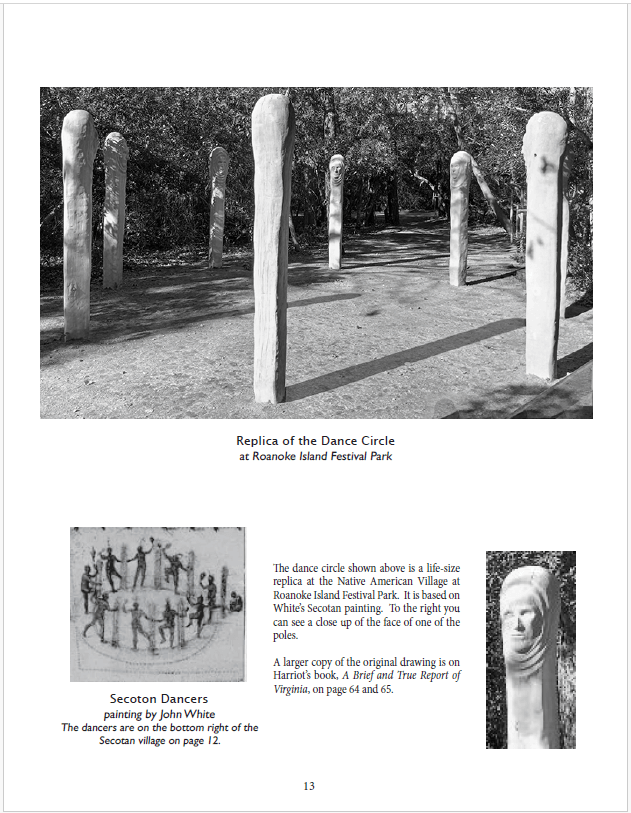
Student and Teacher's Material Included
$5.99 Download - 199 pages
![]()
Softcover Edition - Mailed to You
The same pages are in the softcover book and the printable file. Bound copy is great for repeat use or co-op leaders.
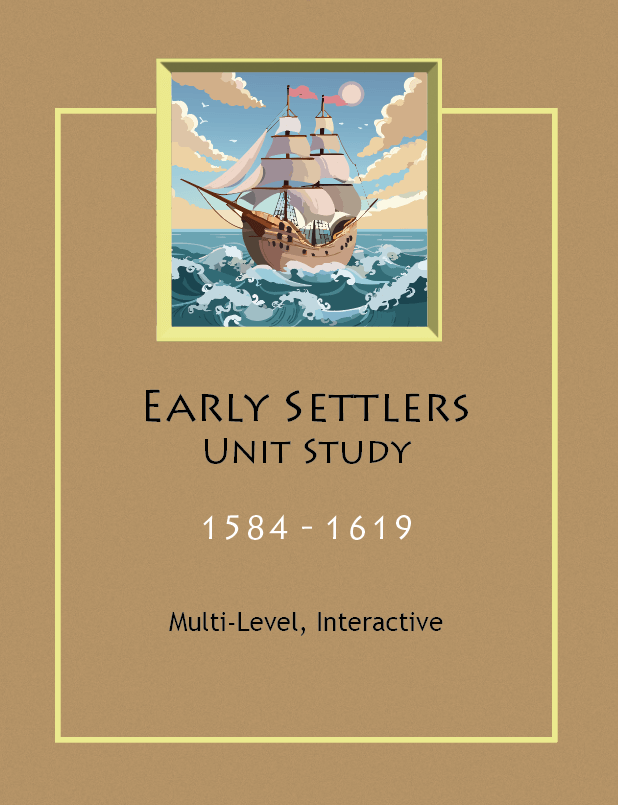
![]()
16.95 Soft Cover Manual
199 pages
Mailed to You
Early Settlers Pages
Check out our other pages for the Early Settlers Unit Study
Get the Lion To Guard Us Unit Study
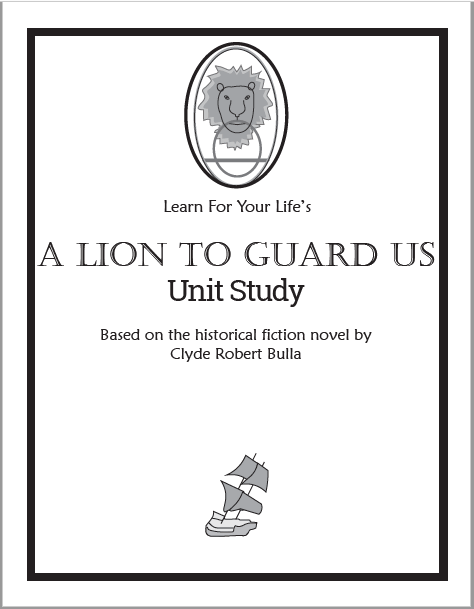
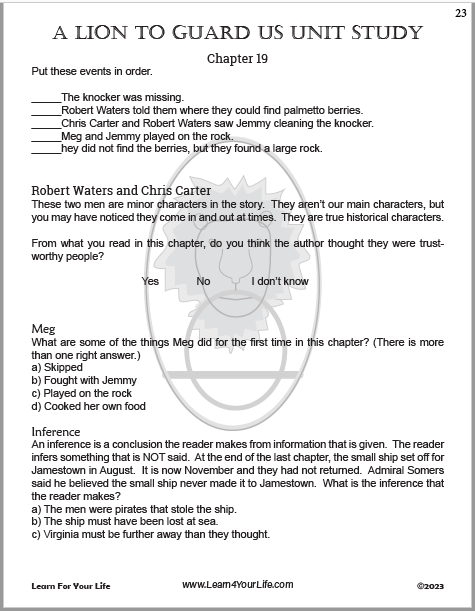
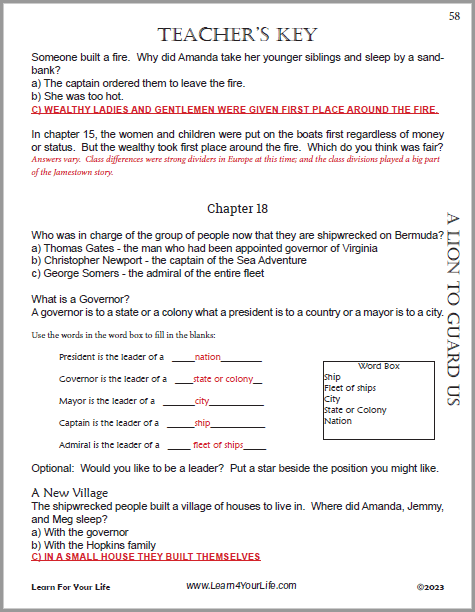
Student Guide AND Teacher's Answer Key Included
$2.99 Download - 78 pages
![]()
Our pages for A Lion To Guard Us
Clyde Bulla's Historical Fiction of Jamestown & the Sea Venture

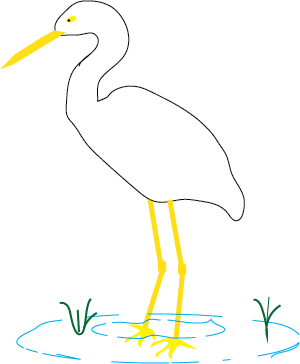
About Our Site
Hands-On Learning


